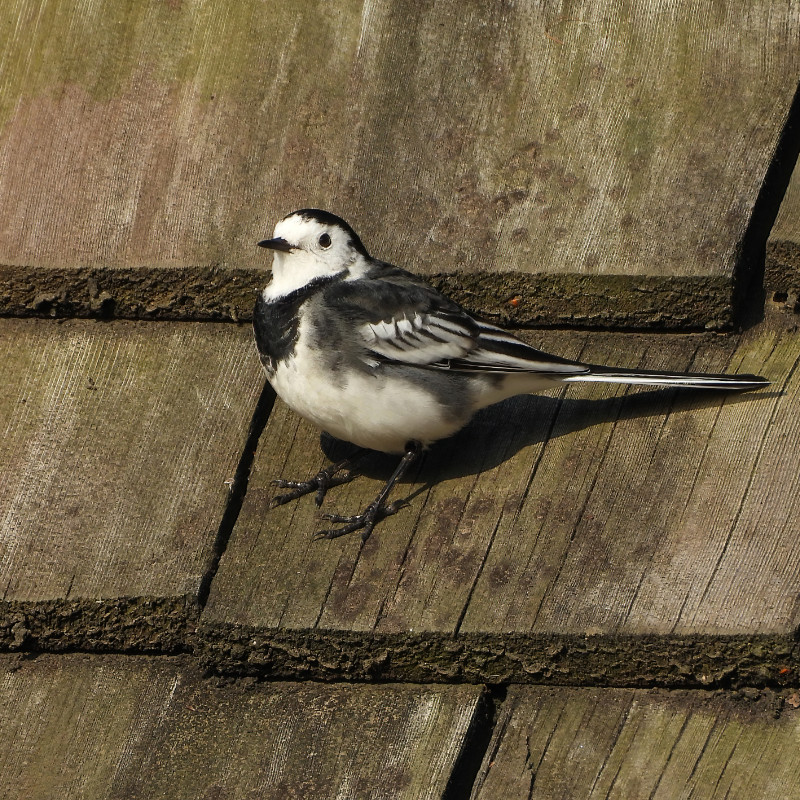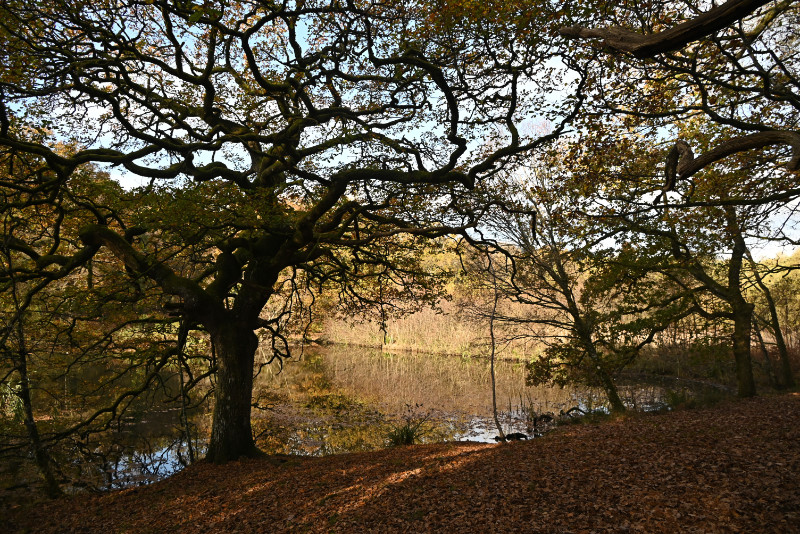A lock up is a small prison in which people were locked up pending an appearance before a magistrate. It is less grand than a prison, holds few people, and was used in small towns and villages in England and Wales. Most were built in the C18 and C19, and they were often quite decorative structures. The lockup in Ross on Wye was built in 1838 and was used for holding prisoners before they were sent to Hereford courts. It had two cells and fell out of use in 1844. Today it has adjoining buildings and is a house.
photo © T. Boughen Camera: Sony DSC-RX100

















































